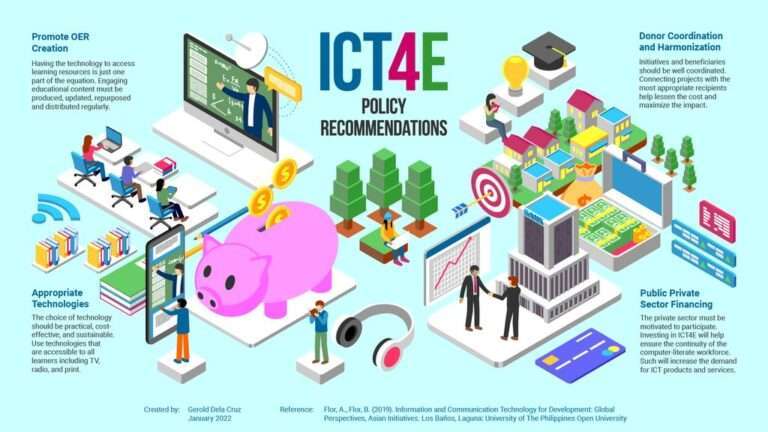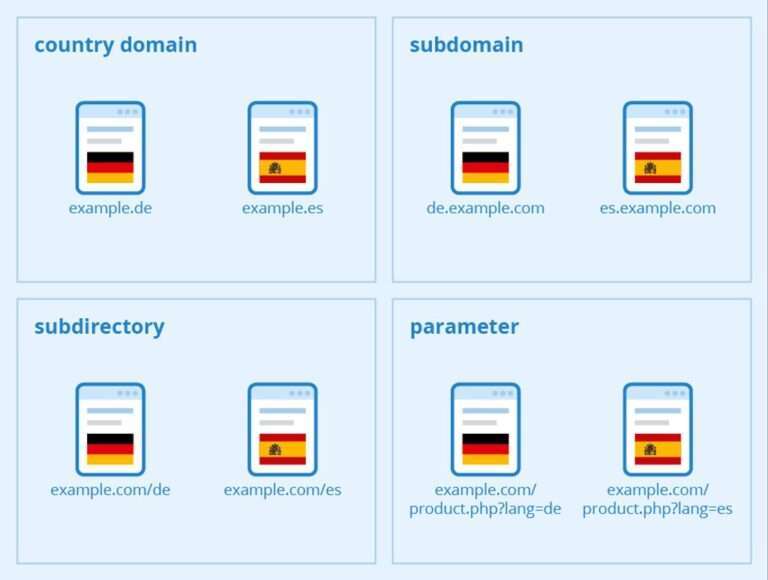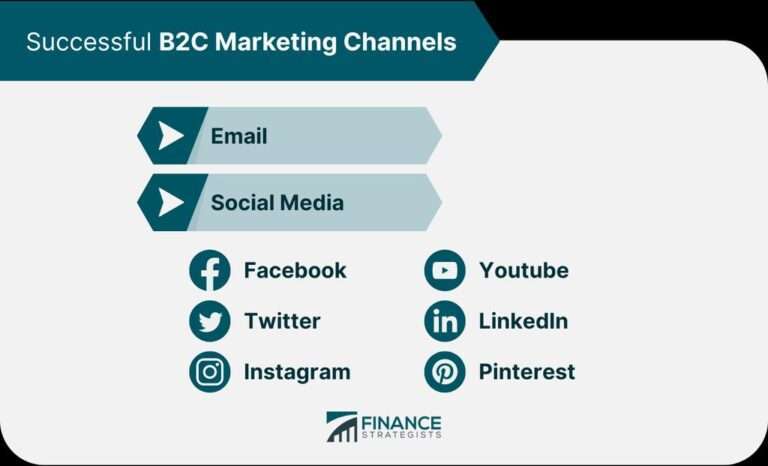What is Demand Generation?
Overview
What is Demand Generation?
Demand generation is a marketing strategy that focuses on creating awareness and interest in a product or service to generate demand. It involves various tactics and channels to attract and engage potential customers. Demand generation aims to build a pipeline of qualified leads and nurture them through the buyer’s journey. This strategy is essential for businesses to drive revenue growth and achieve long-term success.
Importance of Demand Generation
Demand generation is a crucial aspect of any marketing strategy. Generating demand for a product or service is essential for driving sales and revenue. It helps businesses create awareness, generate interest, and ultimately convert potential customers into paying customers. By implementing effective demand generation strategies, companies can increase brand visibility, attract qualified leads, and build long-term customer relationships. This not only boosts sales in the short term but also establishes a strong foundation for future growth. Without a comprehensive demand generation strategy, businesses may struggle to reach their target audience, miss out on potential sales opportunities, and fall behind competitors. Therefore, it is imperative for businesses to prioritize demand generation and invest in strategies that effectively engage and convert prospects into loyal customers.
Components of Demand Generation
Demand generation is made up of several key components that work together to attract and engage potential customers. These components include content marketing, social media advertising, and email marketing. Content marketing involves creating and distributing valuable and relevant content to attract and engage a target audience. Social media advertising utilizes social media platforms to promote products or services to a specific target audience. Email marketing involves sending targeted emails to potential customers to nurture relationships and drive conversions. By incorporating these components into a comprehensive demand generation strategy, businesses can effectively generate and nurture leads, ultimately driving revenue growth.
Target Audience
Identifying the Target Audience
Identifying the target audience is a crucial step in demand generation. It involves understanding the demographics, interests, and pain points of the potential customers. This information helps in creating targeted marketing campaigns and personalized messaging. Market research and customer surveys are effective methods to gather insights about the target audience. Additionally, analyzing website analytics and social media data can provide valuable information about the audience’s online behavior and preferences. By identifying the target audience, businesses can tailor their demand generation strategies to effectively reach and engage the right customers.
Understanding the Target Audience
The success of demand generation efforts heavily relies on understanding the target audience. Identifying the target audience is the first step in this process. It involves researching and analyzing the characteristics, needs, and preferences of the potential customers. Once the target audience is identified, it is crucial to gain a deeper understanding of their behaviors, motivations, and pain points. This can be achieved through surveys, interviews, and market research. Segmenting the target audience is another important aspect of understanding them. It involves dividing the audience into smaller groups based on common characteristics, such as demographics, interests, or buying behavior. This allows marketers to tailor their messaging and campaigns to specific segments, increasing the effectiveness of their demand generation strategies.
Segmenting the Target Audience
Segmenting the target audience is a crucial step in demand generation. By dividing the audience into distinct segments based on demographics, interests, and behaviors, marketers can create highly targeted and personalized campaigns. This approach allows for better understanding of customer needs and preferences, leading to more effective messaging and higher conversion rates. Segmenting the target audience also enables marketers to allocate resources efficiently and tailor their marketing efforts to different customer segments. Some common segmentation criteria include geographic location, age, gender, income level, and psychographic factors. By strategically segmenting the target audience, businesses can maximize the impact of their demand generation strategies and drive better results.
Demand Generation Strategies
Content Marketing
Content marketing is a crucial strategy in demand generation. It involves creating and distributing valuable and relevant content to attract and engage the target audience. This can include blog posts, videos, infographics, and more. The goal of content marketing is to establish thought leadership, build brand awareness, and ultimately drive conversions. By providing valuable information and addressing the pain points of the target audience, content marketing can effectively generate demand and nurture leads. It is important to develop a content strategy that aligns with the target audience’s needs and preferences. Additionally, optimizing content for search engines and promoting it through various channels can maximize its reach and impact.
Social Media Advertising
Social media advertising is a powerful strategy for demand generation. It allows businesses to reach a large and diverse audience, targeting specific demographics and interests. With paid ads on platforms like Facebook, Instagram, and LinkedIn, companies can increase brand visibility, drive website traffic, and generate leads. Additionally, social media advertising offers advanced targeting options, such as lookalike audiences and interest-based targeting, which help businesses reach potential customers who are most likely to be interested in their products or services. By leveraging social media advertising, businesses can effectively engage with their target audience and drive demand for their offerings.
Email Marketing
Email marketing is a highly effective demand generation strategy that allows businesses to directly reach their target audience. By sending personalized and targeted emails, companies can nurture leads, build brand loyalty, and drive conversions. Email marketing campaigns can include various types of content, such as newsletters, promotional offers, and product updates. With the ability to track open rates, click-through rates, and conversions, businesses can measure the success of their email marketing efforts and make data-driven decisions to optimize their campaigns. Additionally, automated email workflows can be set up to engage with leads at different stages of the buyer’s journey, providing relevant information and guiding them towards making a purchase. Overall, email marketing is an essential component of a comprehensive demand generation strategy, enabling businesses to connect with their audience in a personalized and impactful way.
Conclusion
Key Takeaways
In conclusion, understanding demand generation is crucial for businesses to drive growth and generate revenue. By identifying and understanding the target audience, businesses can create targeted marketing strategies that resonate with their customers. Content marketing, social media advertising, and email marketing are effective strategies to generate demand and engage with the target audience. It is important for businesses to stay updated with future trends in demand generation to stay ahead of the competition. Overall, demand generation plays a vital role in the success of a business by creating awareness, generating leads, and converting them into customers.
Future Trends
As demand generation continues to evolve, there are several future trends that businesses should keep an eye on. One of the key trends is the rise of personalization in demand generation strategies. With advancements in technology and data analytics, businesses can now create highly targeted and personalized marketing campaigns to engage their audience. Another trend is the growing importance of customer experience in demand generation. Customers are becoming more discerning and expect personalized and seamless experiences across all touchpoints. To meet these expectations, businesses need to focus on delivering exceptional customer experiences throughout the buyer’s journey. Lastly, video marketing is expected to play a significant role in demand generation. Videos have become increasingly popular and are proven to capture attention and convey messages effectively. Businesses should consider incorporating video content into their demand generation strategies to engage and convert their target audience.
Final Thoughts
In conclusion, understanding demand generation is crucial for businesses looking to drive growth and generate leads. By implementing effective demand generation strategies such as content marketing, social media advertising, and email marketing, companies can reach their target audience and convert them into loyal customers. It is important to continuously analyze and adapt these strategies to keep up with future trends and stay ahead of the competition. By prioritizing demand generation, businesses can ensure a steady stream of qualified leads and sustainable business growth.








